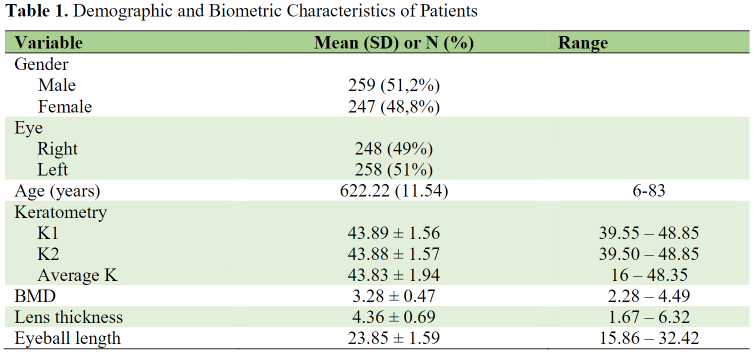Cataract Progression dan Lens Drop after Pars Plana Vitrectomy and Gas Tamponade : A Case Report Poster Presentation - Case Report - Resident
Abstract
Introduction : Vitreous Hemorrhage (VH) in proliferative diabetic retinopathy (PDR) is common cause of acute vision loss.If the retina cannot be visualized and the etiology of the VH is unknown, pars plana vitrectomy (PPV) is indicated. 1Intraocular gases like SF6 or C3F8 are one of the most useful adjuncts in vitreoretinal surgery. Exposure to intraocular gases additionally increases retrolental oxygen levels, resulting in development of lens opacities.
Case Illustration : Patient female 52 y.o, came with sudden blurry vision in the left eye since two weeks ago. History of Diabetes Mellitus 10 years with insulin treatment. From the examination left eye visual acuity 1/60, zonulysis, VH, and negative fundus reflect. On ultrasonography found vitreous opacity. The patient was diagnosed with left eye VH ec advanced PDR and scheduled PPV with C3F8 gas tamponade. Patient difficult to maintain prone position after surgery. 2 month after the surgery the patient scheduled with phacoemulsification surgery because progressive lens opacity. While prepare to the second operation, the lens found drop to the vitreous. The second surgery done with lens evacuation and Intraocular lens implantation. Last follow up, best correction visual acuity was 6/18.
Discussion : PPV and Gas tamponade are presdisposing lens opacity progression. Lens opacity after gas tamponade include longer intraocular longevity gas and patients who fail to maintain a prone position. Risk factors for zonulysis in this patient increase the occurrence of lens drop after PPV with gas tamponade.
Conclusion : Regular slit-lamp examination needs to be performed for early detection of cataract after PPV with gas tamponade.
Full text article
References
(-)
Authors

This work is licensed under a Creative Commons Attribution-NonCommercial-ShareAlike 4.0 International License.



